How To Get Rid Of Whiteheads: 10 Effective Home Remedies
Use your favorite ingredients from your pantry to reduce those pesky bumps on your skin.

Image: Shutterstock
Whiteheads are firm, skin-colored bumps that develop on your skin, especially your face. Removing them can be difficult as you cannot pop them easily. So, how to get rid of whiteheads? There are several methods that can help you effectively eliminate them and get clearer skin. However, before you choose the best whitehead remedy for yourself, you should also know what is causing them in order to address their root cause. This article discusses some of the best home remedies and over-the-counter treatments that may help eliminate them. Additionally, you will also find helpful tips and tricks to prevent them from coming back and care for your skin properly. Keep scrolling to learn more.
In This Article
Causes Of Whiteheads
Whiteheads are non-inflammatory acne and appear as small, firm skin bumps on the skin. These are formed when dirt, bacteria, and sebum are trapped in the skin pores.
Hormonal imbalances during puberty, pregnancy, menstruation, and menopause are the main reasons behind acne and whiteheads (1) (2). Imbalance in androgen and estrogen levels causes excess sebum production, leading to different types of acne, including whiteheads.
Also, sweating, oily skin, non-comedogenici Refers to ingredients that do not clog pores or cosmetic products formulated with such ingredients. cosmetics, greasy foods, high humidity levels, and contraceptives can cause whiteheads. Genetics also play a key role in developing several types of acne (3), (4).
 Trivia
TriviaWhiteheads mostly appear on your face. However, you may get them on other body parts.
Key Takeaways
- Hormonal imbalance is one of the major causes of whiteheads (non-inflammatory acne).
- Other causes include excess sebum production and the use of non-comedogenic products and birth control pills.
- They mostly appear on the face and can be seen on the shoulders, neck, etc.
- Natural ingredients like aloe vera and honey are the best bet, owing to their anti-bacterial and anti-acne properties.
Where Do Whiteheads Appear?
Whiteheads develop on body parts that have sebaceous glands and produce excessive sebum.
Other than your T-zone, you may develop whiteheads on:
- Upper chest
- Shoulders
- Back
- Neck
Confused about how whiteheads are different from blackheads? Learn more in the following section.
Difference Between Whiteheads And Blackheads
Whiteheads Vs blackheads – how are they different? Both blackheads and whiteheads are types of non-inflammatory acne lesions, but they differ in how they appear on the skin. Whiteheads are small bumps that occur when the pores get clogged with sebum. They are closed comedones, which means they are not exposed to the air.
Blackheads, on the other hand, are open comedones, which means the pore or follicle is partially blocked by the sebum and dead skin cells, allowing air to enter. When this trapped material is exposed to air, it oxidizes and turns dark in color. Blackheads usually occur on the face, shoulders, neck, and chest.
Even if you never had whiteheads as a teen, you can develop them at some point during adulthood. In the next section, check out the home remedies you may try to eliminate whiteheads.
Home Remedies To Get Rid Of Whiteheads
If you have been wondering how to get rid of whiteheads without resorting to harsh chemicals, you are not alone. Using natural remedies for whiteheads is becoming an increasingly popular treatment option, as they are easy to make and typically have fewer side effects compared to commercial products. Since most of the ingredients used in these remedies can be easily found at home, the entire approach is more personalized and cost-effective. If you are looking for effective and gentle solutions, consider trying the below recommended home remedies to help clear up whiteheads naturally.
1. Aloe Vera
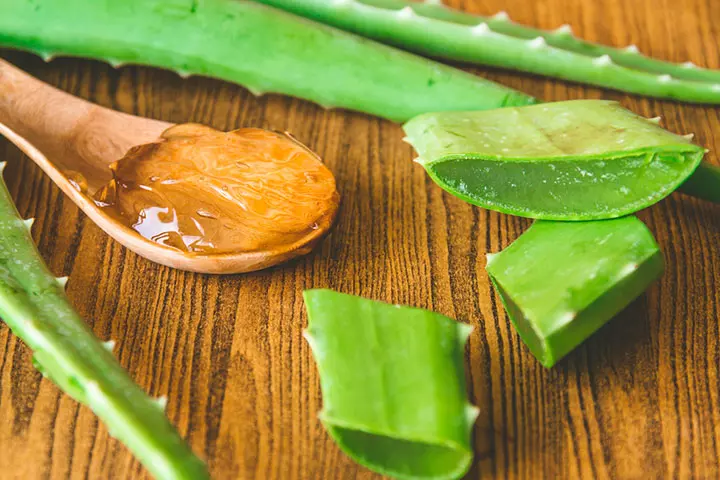
You Will Need
- 1 tablespoon of fresh aloe vera gel
- 2-3 drops of diluted lemon peel oil
What You Have To Do
- Mix both ingredients in a small bowl.
- Massage the affected area with the mixture for 3-4 minutes.
- Leave it on for 10-20 minutes.
- Wash off your face.
How Often You Should Do This
Do this 2-3 times a week.
Why This Works
Aloe vera has anti-inflammatory and anti-acne properties. It moisturizes the skin, reduces pimples and blemishes, and promotes collagen production and wound healing (5). Lemon peel oil has antimicrobial properties and is effective against acne-causing bacteria (6).
2. Honey
You Will Need
- 1 teaspoon of raw Manuka honey
What You Have To Do
- Warm the honey and apply it to the affected areas.
- Leave it on for 20 minutes.
- Wash off with water.
How Often You Should Do This
Repeat this every alternate day until the whiteheads go away completely.
Why This Works
Honey has wound-healing and antibacterial properties. It effectively reduces the proliferation of acne-causing bacteria P. acnes and S. aureus strains (7), (8).
3. Apple Cider Vinegar
You Will Need
- 2 tablespoons of apple cider vinegar
- 2 tablespoons of water
- Cotton ball
What You Have To Do
- Dilute the ACV and apply it directly to the whiteheads.
- Let it dry naturally for a few minutes. Do not wash off.
Alternate Method
- Mix 3 teaspoons of cornstarch, 1 teaspoon of ACV, and 1 tablespoon of water. Form a thin paste.
- Apply it to the affected area.
- Leave it on for 15 minutes.
- Wash off with lukewarm water.
How Often You Should Do This
Do this 2-3 times in a fortnight.
Why This Works
Apple cider vinegar has antimicrobial properties and is effective against acne-causing bacteria, such as Staphylococcus aureus. Moreover, the acetic acid in the vinegar also helps minimize acne and whiteheads (9), (10). This remedy is great for whiteheads on the nose.
4. Tea Tree Oil
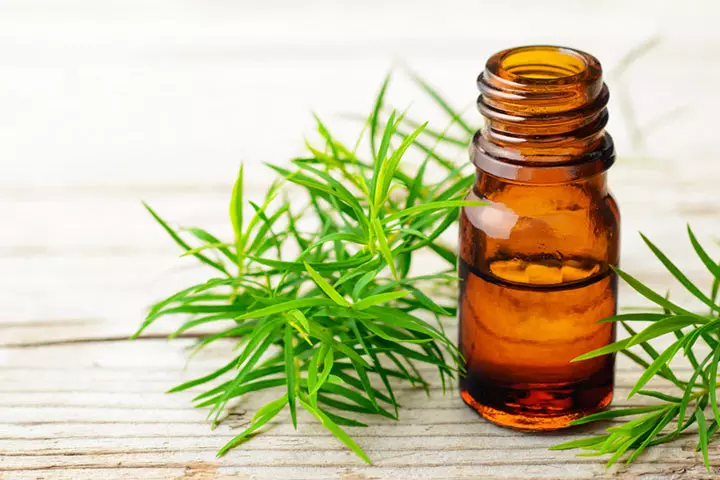
You Will Need
- 2-3 drops of tea tree oil
- 1 tablespoon of any carrier oil (olive, jojoba, almond, or avocado oils)
- Cotton swab
What You Have To Do
- Dilute the tea tree oil and apply it to the affected area.
- Leave it on for 15-20 minutes.
- Wash it off with lukewarm water.
How Often You Should Do This
Apply tea tree oil 2 times a day.
Why This Works
Tea tree oil has anti-inflammatory and antimicrobial properties. It can eliminate acne-causing bacteria and effectively minimize mild to moderate acne (11), (12).
5. Baking Soda
You Will Need
- 2-3 teaspoons baking soda
- Water
What You Have To Do
- Mix the ingredients and make a paste.
- Apply it to the affected areas.
- Let it dry for 15-20 minutes.
- Wash it off with lukewarm water.
How Often You Should Do This
Repeat this 1-2 times a week until the whiteheads go away completely.
Why This Works
Baking soda is an abrasive used in cleaning solutions. Many include it in their natural skin care routine to exfoliate their skin. It may help cleanse the impurities and skin pores and reduce whiteheads.
6. Witch Hazel
You Will Need
- 1-2 tablespoons of witch hazel solution
- Cotton balls
What You Have To Do
- Apply witch hazel to the affected area.
- Let it dry. Do not wash off.
How Often You Should Do This
Apply witch hazel 2 times a day.
Why This Works
Witch hazel contains tanninsi Plant molecules with anti-microbial and anti-inflammatory properties that help reduce acne breakouts and redness. and has astringenti The property of an ingredient or a substance to minimize the appearance of pores, reduce oiliness and tighten the skin. and antioxidant properties. It helps minimize acne inflammation. The astringent properties may also help in eliminating whiteheads (13), (14).
7. Turmeric

You Will Need
- ½ teaspoon of turmeric powder
- ½ teaspoon of water or honey
What You Have To Do
- Mix the ingredients and apply it to the whiteheads.
- Leave it on for 15-20 minutes and rinse off.
How Often You Should Do This
Do this 1-2 times a day.
Why This Works
Turmeric contains curcumin, a polyphenol with antibacterial, antioxidant, and medicinal properties. It can effectively minimize any form of acne (15), (16).
8. Rose Water
You Will Need
- 1 tablespoon of rose water
- Cotton ball
What You Have To Do
- Apply rose water (preferably hydrosoli Pure floral water produced by the steam distillation of petals, peels, and other plant parts. ) on the affected area or the entire face.
- Leave it on, and do not wash off.
How Often You Should Do This
Repeat this every alternate day.
Why This Works
Rosewater is used as an alternative and complementary therapy for acne (17). The anti-inflammatory properties of rose water may help reduce whiteheads.
9. Jojoba Oil
You Will Need
- 1 teaspoon of jojoba oil
- 1-2 drops tea tree oil
What You Have To Do
- Mix the oils and massage your face with it.
- Leave this overnight.
How Often You Should Do This
Repeat this every night, before going to bed.
Why This Works
Jojoba oil may help repair the skin and minimize acne (18). This is a lightweight oil, and together with tea tree oil, it can help control whiteheads.
10. Garlic
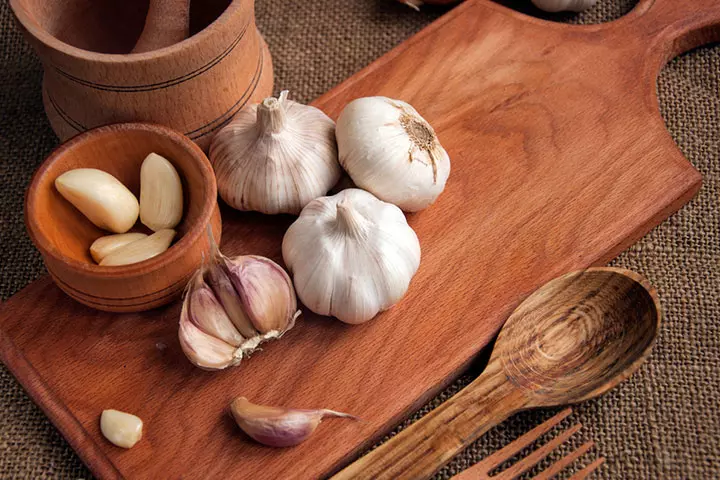
You Will Need
- 2-3 garlic cloves
- 1-2 tablespoons water
- Rosewater
- Cotton pad
What You Have To Do
- Crush the garlic and mix it with water. Keep this aside for a few minutes.
- Apply the garlic-water mix to the whiteheads.
- Leave it on for 4-5 minutes.
- Wipe with a cotton pad dipped in rose water.
How Often You Should Do This
Repeat this once every 2-3 days.
Why This Works
Garlic is a natural antiseptic and has antibacterial properties that can reduce acne breakouts and prevent recurrence (19).
Note: Before trying any new home remedy, it’s essential to do a patch test to check for any allergic reactions or irritation on your skin. Just apply a small amount of the remedy to a small part of your forearm or the nape and wait for 24 hours to see how your skin reacts.
Natural remedies may often take time to show results. For more effective acne and whitehead management, you can use OTC treatments.
Over-The-Counter Treatment For Whiteheads
1. Benzoyl Peroxide
Benzoyl peroxide is an FDA-approved topical over-the-counter medication for acne (20). It has antibacterial activity and helps in reducing inflammation and excess oil (21). It is found in different OTC products like anti-acne creams, face washes, shower gels, and ointments. Use a product with at least 2% benzoyl peroxide to minimize whiteheads.
2. Salicylic Acid
Salicylic acid is a beta-hydroxy acid (BHA) and is effective in reducing acne and whiteheads (22), (23). It promotes the natural exfoliation process of the skin and helps clear the skin pores and minimize acne.
3. Retinoids
Retinoids are vitamin A derivatives. This prescription medicine has anti-inflammatory properties and is comedolytic (prevents comedone formation) (24). You can try OTC products that contain retinol and isotretinoin to minimize whiteheads and acne. However, retinoids can increase sun sensitivity. Hence, apply sunscreen while going out.
4. Alpha Hydroxy Acid (AHA)
Alpha hydroxy acids (AHAs) like glycolic and lactic acids can help minimize whiteheads (25). AHAs dissolve the bonds between the cells and promote exfoliation. However, avoid using AHAs on open wounds or cuts. Also, AHAs can make your skin sun-sensitive. Apply sunscreen before going out.
Francescka, a YouTuber, used glycolic acid for her closed comedones and shared her results, “I just kept using glycolic acid every single day until my skin is not better and better, and it went back to its poreless perfect blemish-free state (i).”
 Quick Tip
Quick TipProper skin care is crucial for minimizing whiteheads and preventing further inflammation. It is best to consult a dermatologist before adding active ingredients to your beauty routine. Here are a few tips to help you reduce the risk of breakouts.
Additional Tips To Prevent Whiteheads
Here are a few precautions, tips, and lifestyle changes that can help you efficiently manage the appearance of whiteheads:
- Wash Your Face Twice Daily: Washing your face twice a day is crucial to get rid of the dirt and impurities from the skin, which might clog the pores. It is crucial for minimizing excess sebum. Ensure to use non-comedogenic, oil-free, and gentle cleansers. Make it a point to follow the cleansing, toning and moisturizing (CTM) routine religiously to maintain skin health.
- Exfoliate Periodically: Gentle exfoliation helps remove dead skin cells from the skin and promotes cell regeneration. It also improves skin texture and minimizes whiteheads. Use gentle exfoliants that contain AHAs like glycolic and lactic acids and BHA (salicylic acid). Exfoliate no more than once a week, as over-exfoliation may irritate the skin and increase sebum production.
- Wash Your Hair Regularly: Wash your hair regularly to prevent oil and product buildup on the scalp, which may cause acne and whiteheads on the forehead. Also, while using hair care products, try to keep them off your face.
- Use The Right Sunscreen: Avoid using sunscreens that have heavy and oily formulas that can clog the pores and cause breakouts.
- Try Extraction: This skin care treatment can effectively extract whiteheads and reduce acne and breakouts. The process involves facial steaming to open the skin pores and then squeezing the whiteheads with the extraction tools. While you can try extraction at home, it is better to visit a skin care professional to get the whiteheads extracted.
- Drink Enough Water: Your skin should stay hydrated inside out to prevent excess sebum production. Drink plenty of water to stay hydrated.
- Avoid Eating Junk Food: There is a link between a high glycemic index (GI) diet, increased sebum secretion, and acne (26). Foods with a high GI, like sugary drinks, white bread, cookies, baked goodies made of white flour, and white rice, can influence the sebum secretion levels. Avoid these to prevent whiteheads.
 Quick Tip
Quick TipSqueezing whiteheads may lead to skin issues. Let’s take a look at the complications associated with whiteheads in the next section. Scroll down to know in detail.
Complications Associated With Whiteheads
Constantly picking or squeezing whiteheads may cause accidental scratches and wounds. This may cause open sores, irritation, redness, and blemishes. Moreover, improper use of extraction tools may also cut the skin and aggravate the inflammation. In such situations, consult a doctor immediately.
Infographic: Top 5 Home Remedies To Treat Whiteheads
Whiteheads are a common skin issue many people face today. The good news is there are several home remedies that help you treat and reduce the occurrence of whiteheads. We have rounded up the top 5 remedies you can try at home in the infographic below.
Some thing wrong with infographic shortcode. please verify shortcode syntax
Whiteheads are skin-colored bumps that develop due to clogged pores, poor diet, or hormonal imbalance. Whiteheads commonly develop on the T-zone, neck, and shoulders. Since whiteheads can develop at any point during your life, you can use natural ingredients such as aloe vera, honey, or turmeric to reduce whiteheads. For more effective whitehead management, you can opt for over-the-counter treatments such as salicylic acid, benzoyl peroxide, or retinoids. Following a proper skincare routine, drinking plenty of water, and eating a balanced diet can prevent whitehead breakouts. Follow these beauty tips on how to get rid of whiteheads to get clear and healthy skin.
Frequently Asked Questions
What happens if you don’t pop a whitehead?
If you don’t pop a whitehead, it heals in its natural time and goes away in 3-7 days.
Can toothpaste remove whiteheads?
While the ingredients in particular toothpaste may help dry and shrink a whitehead, it is not advisable.
Can peel-off masks remove whiteheads?
Yes, peel-off masks are effective in removing whiteheads and blackheads.
Which mask removes whiteheads?
Face masks with AHA, clay, charcoal, green tea, witch hazel, aloe vera, or tea tree oil may help prevent the formation of whiteheads and aid their removal as well.
Illustration: Ways To Get Rid Of Whiteheads + Causes & Tips To Prevent It
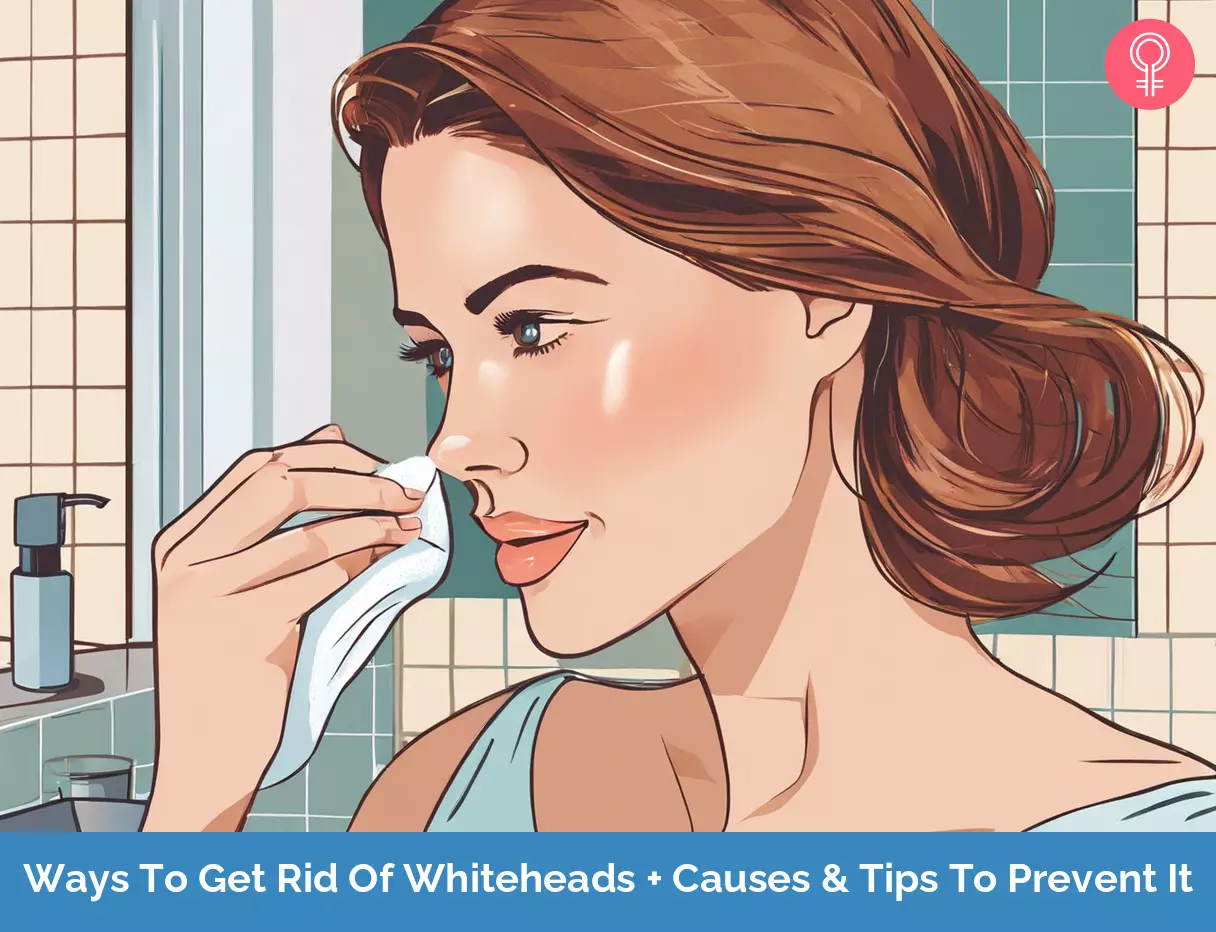
Image: Stable Diffusion/StyleCraze Design Team
Embark on a transformative journey to eliminate blackheads and whiteheads. Dive into the causes, effective treatments, and dermatologist-approved home remedies in this enlightening video for clear, radiant skin. Check it out now
Personal Experience: Source
StyleCraze's articles are interwoven with authentic personal narratives that provide depth and resonance to our content. Below are the sources of the personal accounts referenced in this article.
i. i tried 4 closed comedones treatments, this is what happenedhttps://www.youtube.com/watch?v=WdnATo_ZDrE
References
Articles on StyleCraze are backed by verified information from peer-reviewed and academic research papers, reputed organizations, research institutions, and medical associations to ensure accuracy and relevance. Read our editorial policy to learn more.
- Acne Vulgaris
https://www.ncbi.nlm.nih.gov/books/NBK459173/ - Menopausal Acne – Challenges And Solutions
https://pmc.ncbi.nlm.nih.gov/articles/PMC6825478/ - Genetic Variants Associated with Acne Vulgaris
https://www.ncbi.nlm.nih.gov/pmc/articles/PMC10473401/ - Heredity: a prognostic factor for acne
https://pubmed.ncbi.nlm.nih.gov/16484821/ - ALOE VERA: A SHORT REVIEW
https://www.ncbi.nlm.nih.gov/pmc/articles/PMC2763764/ - Citrus fruits as a treasure trove of active natural metabolites that potentially provide benefits for human health
https://www.ncbi.nlm.nih.gov/pmc/articles/PMC4690266/ - Topical Application of Honey for Burn Wound Treatment – an Overview
https://www.ncbi.nlm.nih.gov/pmc/articles/PMC3188068/ - Honey: A Therapeutic Agent for Disorders of the Skin
https://www.ncbi.nlm.nih.gov/pmc/articles/PMC5661189/ - Antimicrobial activity of apple cider vinegar against Escherichia coli Staphylococcus aureus and Candida albicans; downregulating cytokine and microbial protein expression
https://www.researchgate.net/publication/322766326_Antimicrobial_activity_of_apple_cider_vinegar_against_Escherichia_coli_Staphylococcus_aureus_and_Candida_albicans_downregulating_cytokine_and_microbial_protein_expression - Contemporary pursuits of vinegar from scullery to dermatology
https://www.researchgate.net/publication/343772765_Contemporary_pursuits_of_vinegar_from_scullery_to_dermatology - Melaleuca alternifolia (Tea Tree) Oil: a Review of Antimicrobial and Other Medicinal Properties
https://www.ncbi.nlm.nih.gov/pmc/articles/PMC1360273/ - The efficacy of 5% topical tea tree oil gel in mild to moderate acne vulgaris: a randomized double-blind placebo-controlled study
https://pubmed.ncbi.nlm.nih.gov/17314442/ - Antioxidant and potential anti-inflammatory activity of extracts and formulations of white tea rose and witch hazel on primary human dermal fibroblast cells
https://pubmed.ncbi.nlm.nih.gov/21995704/ - Moisturizers for Acne
https://www.ncbi.nlm.nih.gov/pmc/articles/PMC4025519/ - Effects of Turmeric (Curcuma longa) on Skin Health: A Systematic Review of the Clinical Evidence
https://pubmed.ncbi.nlm.nih.gov/27213821/ - Evidence of curcumin and curcumin analogue effects in skin diseases: A narrative review
https://www.researchgate.net/publication/326830448_Evidence_of_curcumin_and_curcumin_analogue_effects_in_skin_diseases_A_narrative_review - A review of diagnosis and treatment of acne in adult female patients
https://www.ncbi.nlm.nih.gov/pmc/articles/PMC5986265/ - Anti-Inflammatory and Skin Barrier Repair Effects of Topical Application of Some Plant Oils
https://www.ncbi.nlm.nih.gov/pmc/articles/PMC5796020/ - ACNE-CAUSES AND AMAZING REMEDIAL MEASURES FOR ACNE
https://www.researchgate.net/publication/340874478_ACNE-CAUSES_AND_AMAZING_REMEDIAL_MEASURES_FOR_ACNE - Benzoyl Peroxide
https://www.ncbi.nlm.nih.gov/books/NBK537220/ - Treatment Modalities for Acne
https://www.ncbi.nlm.nih.gov/pmc/articles/PMC6273829/ - Treatment of acne vulgaris with salicylic acid pads
https://pubmed.ncbi.nlm.nih.gov/1535287/ - Salicylic acid as a peeling agent: a comprehensive review
https://www.ncbi.nlm.nih.gov/pmc/articles/PMC4554394/ - Why Topical Retinoids Are Mainstay of Therapy for Acne
https://link.springer.com/article/10.1007/s13555-017-0185-2 - The effect of physically applied alpha hydroxyl acids on the skin pore and comedone
https://pubmed.ncbi.nlm.nih.gov/26032934/ - Dietary Patterns Associated with Sebum Content Skin Hydration and pH and Their Sex-Dependent Differences in Healthy Korean Adults
https://www.ncbi.nlm.nih.gov/pmc/articles/PMC6471406/
Read full bio of Dr. Sonam Jeswani Ramrakhiani
Read full bio of Swathi E
Read full bio of Anjali Sayee
Read full bio of Monomita Chakraborty






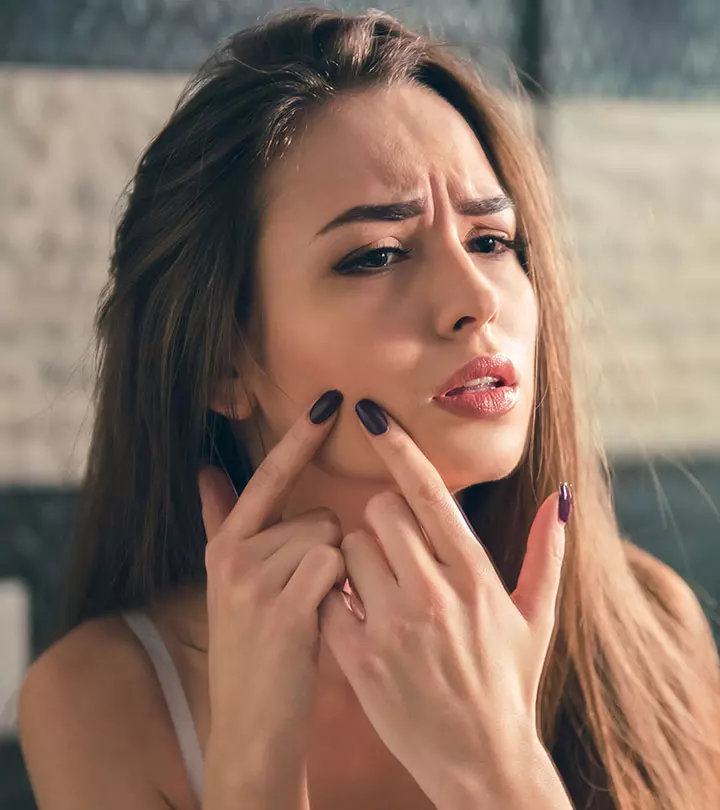
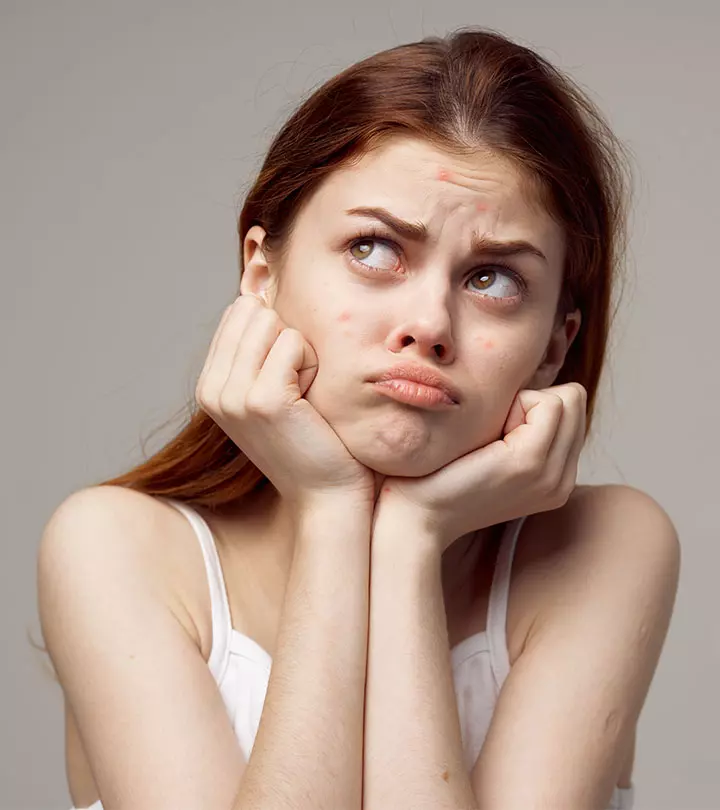
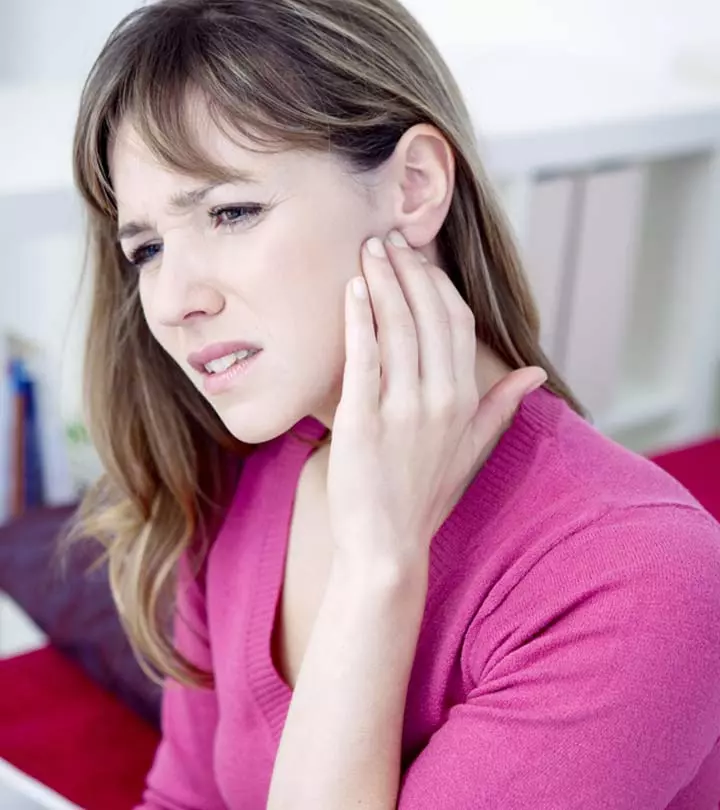
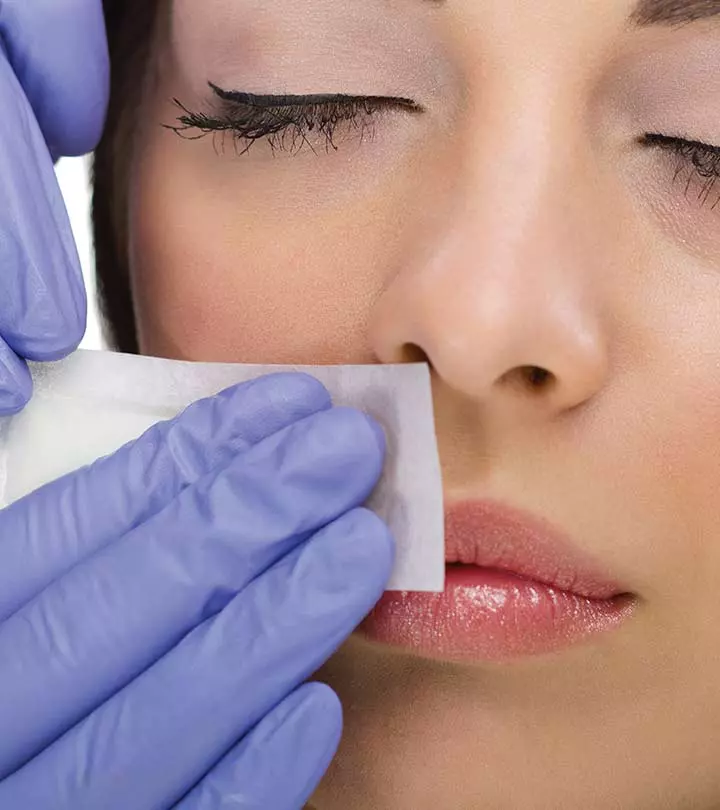
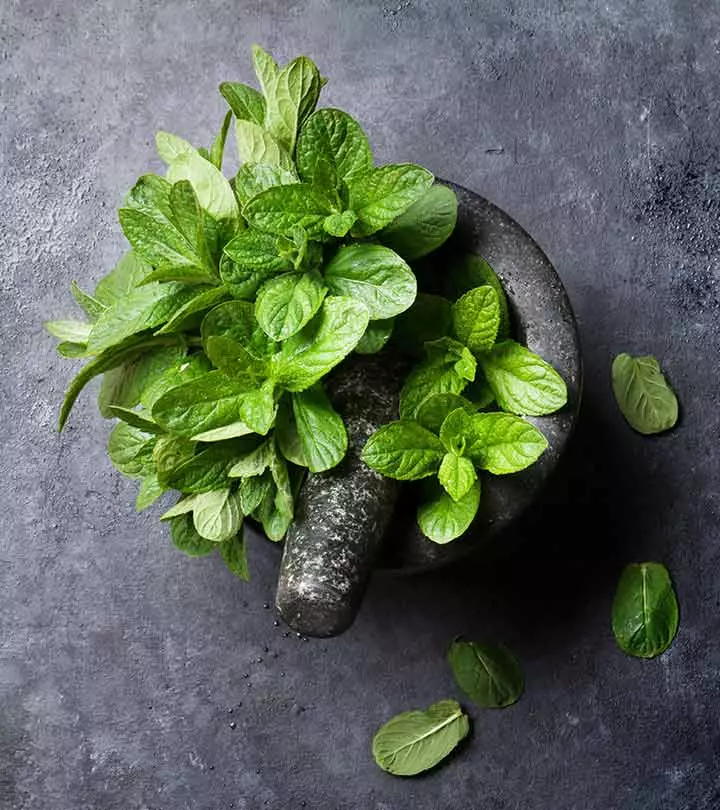

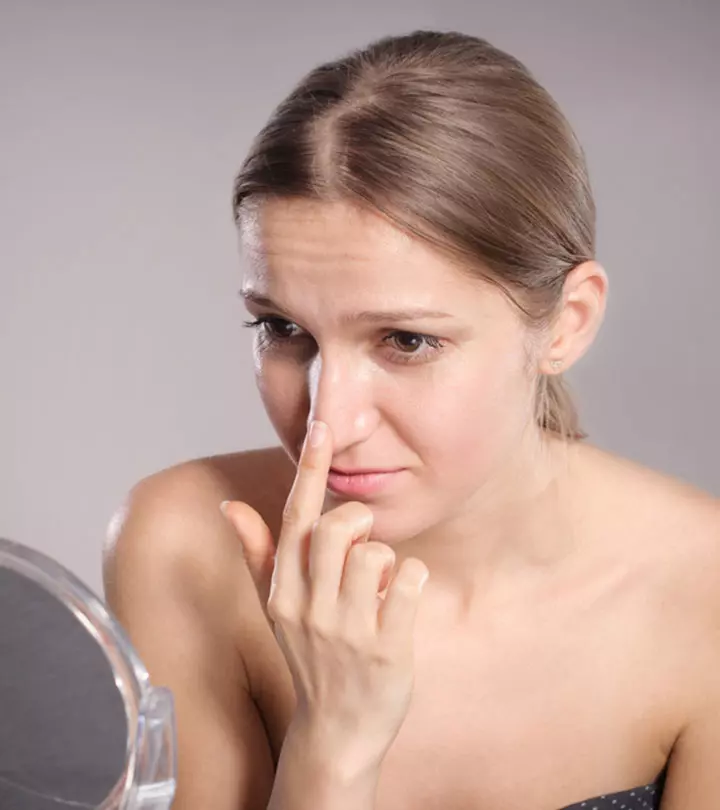
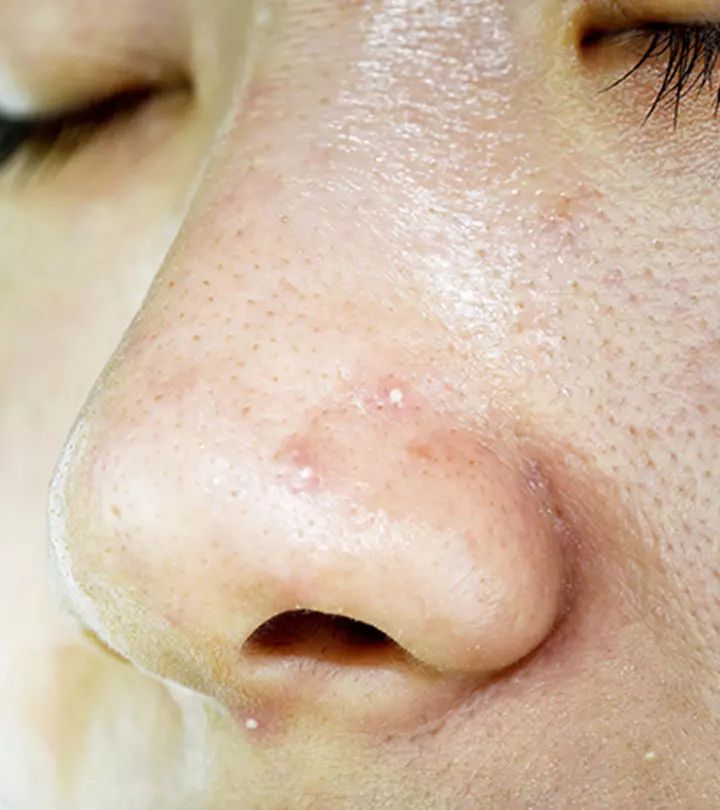
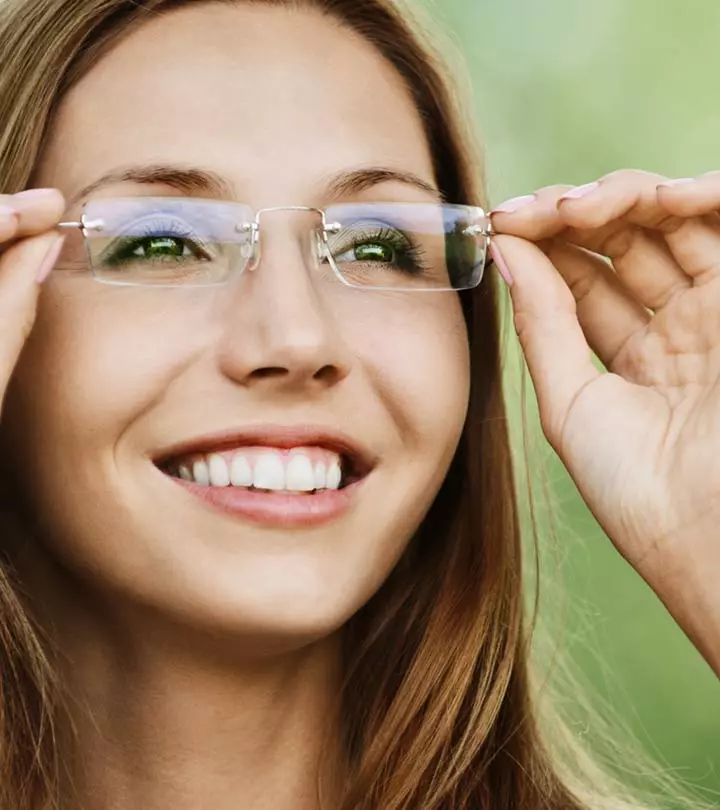
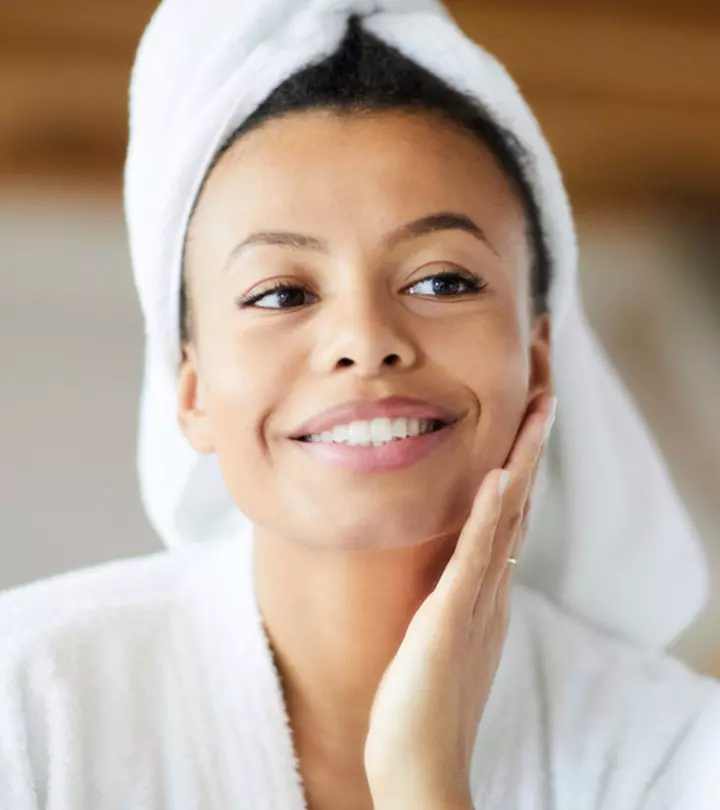
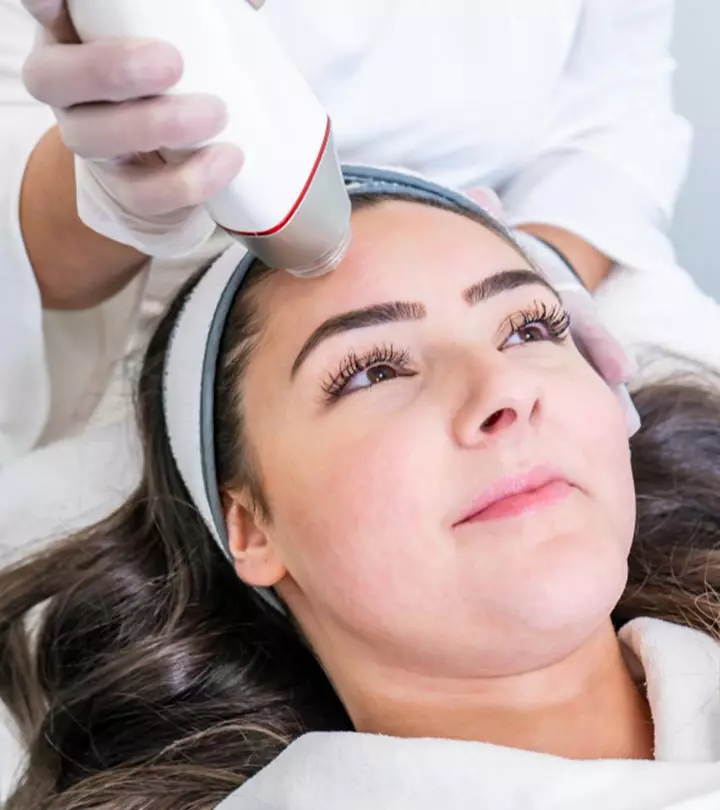
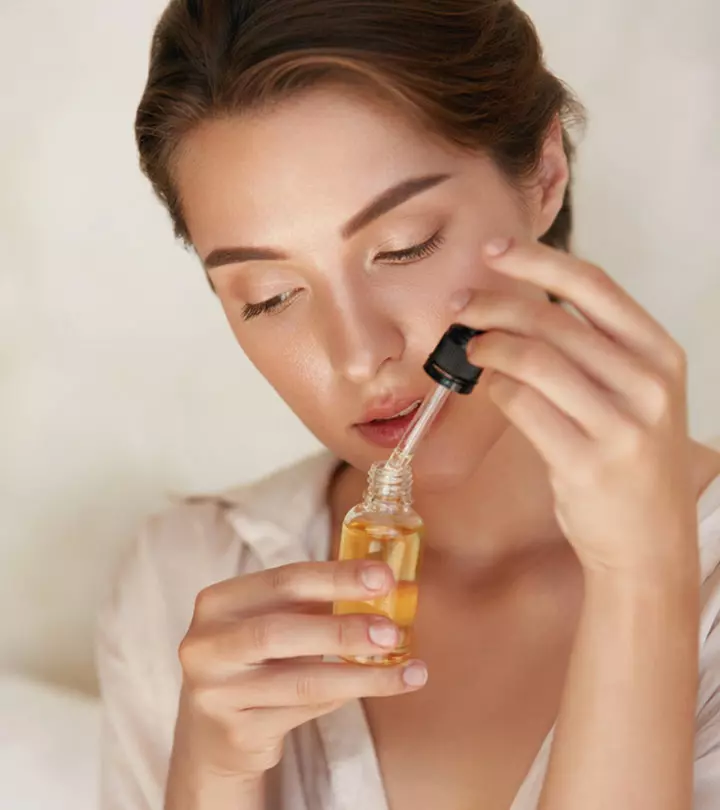
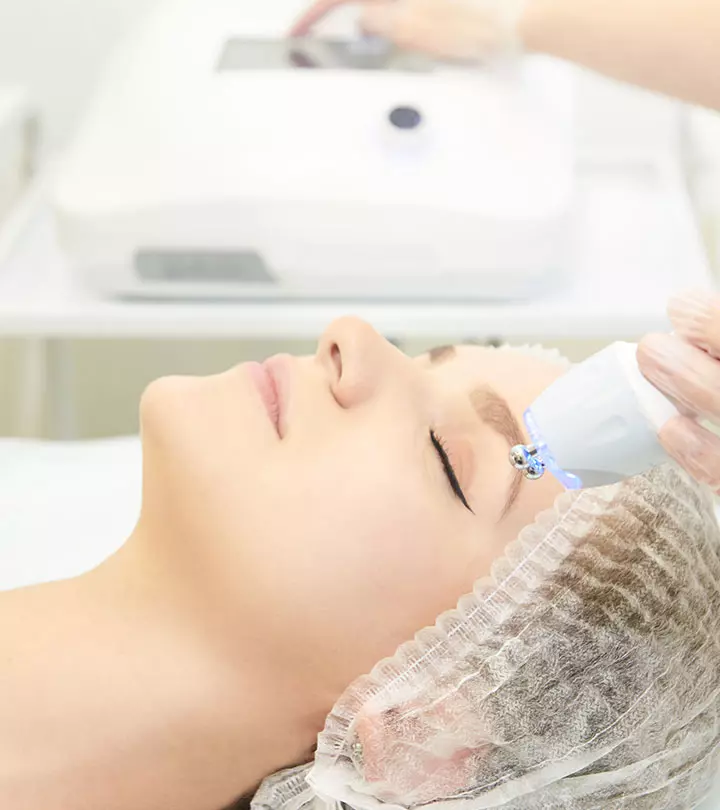

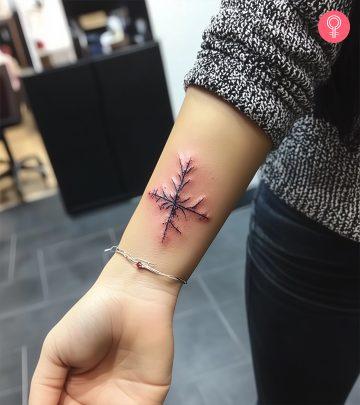
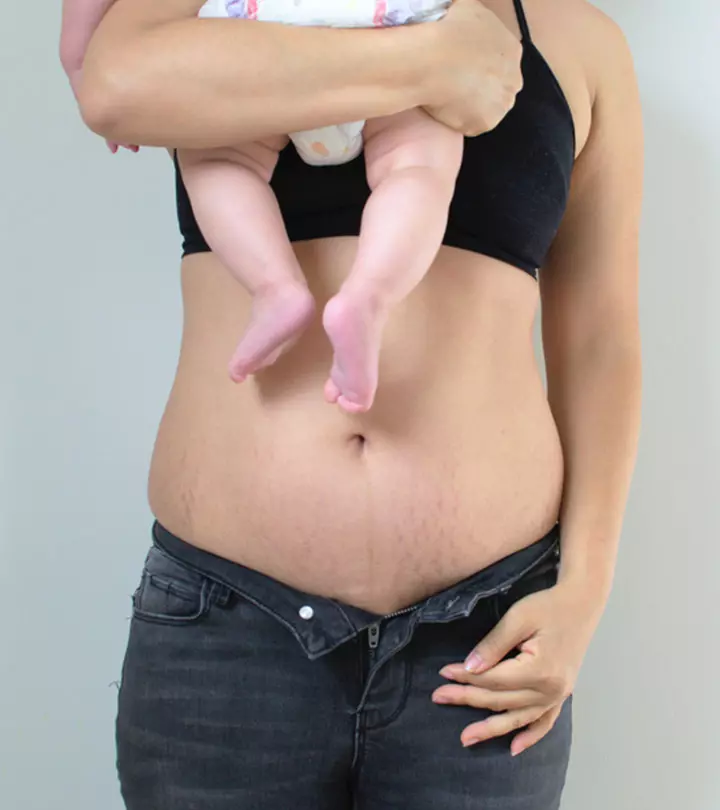
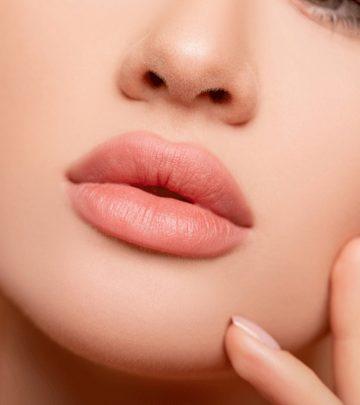
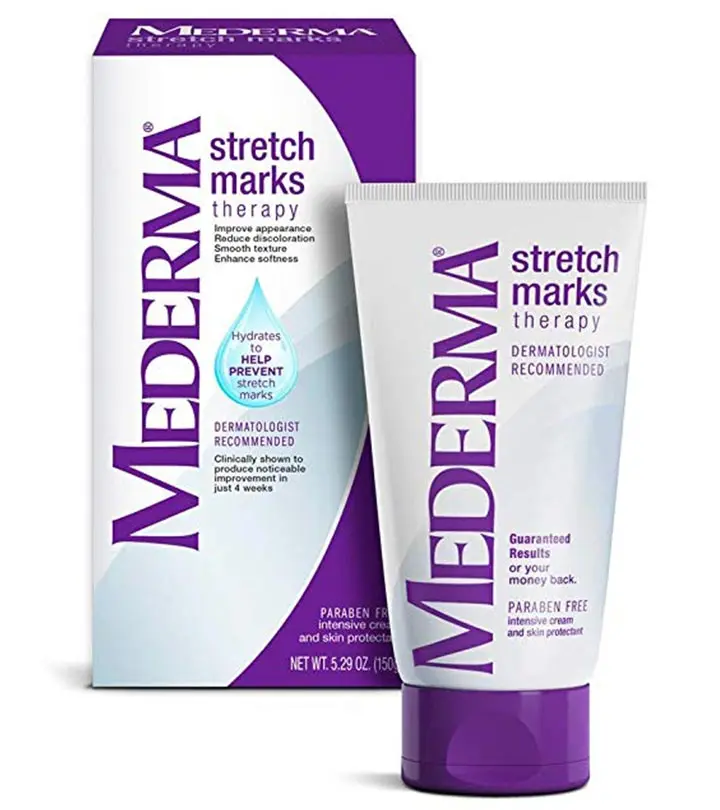
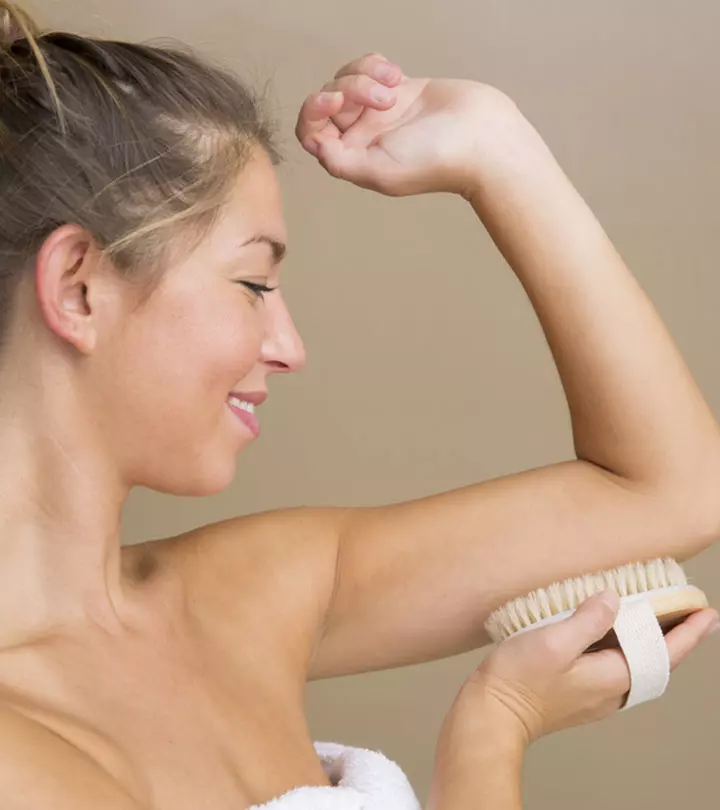

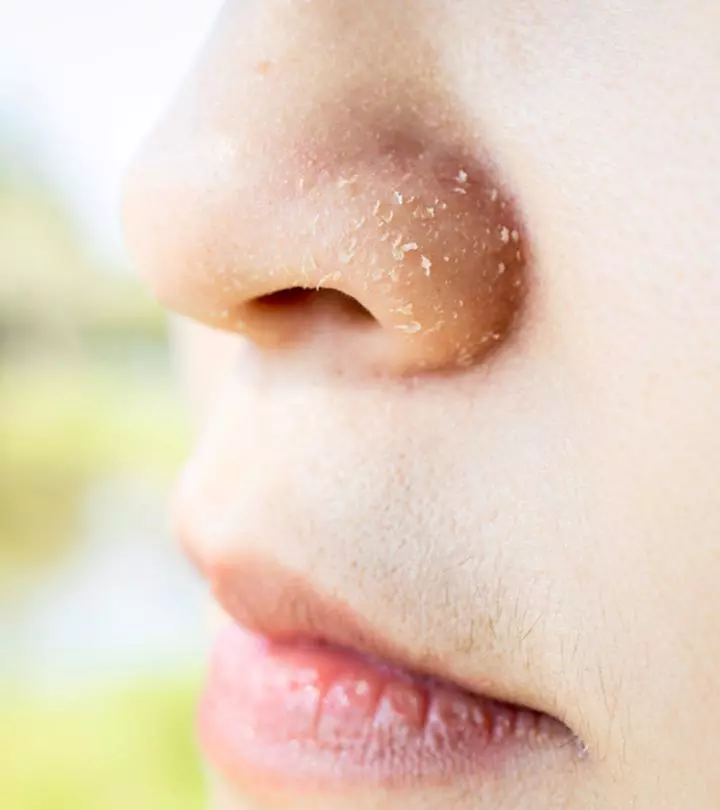
Community Experiences
Join the conversation and become a part of our empowering community! Share your stories, experiences, and insights to connect with other beauty, lifestyle, and health enthusiasts.